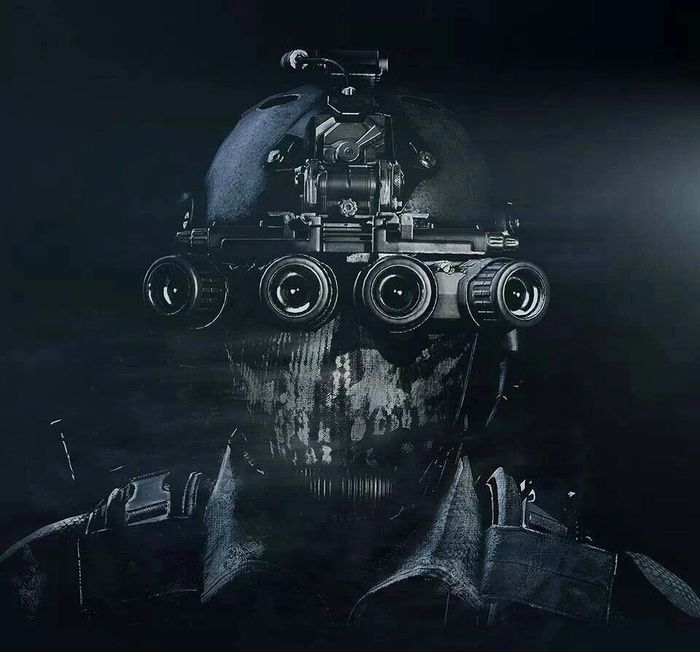
Welcome to GOON-ies at Sunset -Night Vision for Everyone-
Need to See in the Dark????
- Look No Further -
We Have a Great Selection of Night Vision and Other Cool Shit!
Welcome to GOON-ies at Sunset -Night Vision for Everyone-
Need to See in the Dark????
- Look No Further -
We Have a Great Selection of Night Vision and Other Cool Shit!
